Exploring the History of Hairstyles: From Ancient Times to Modern Trends
A journey through time: How hairstyles have evolved over the centuries
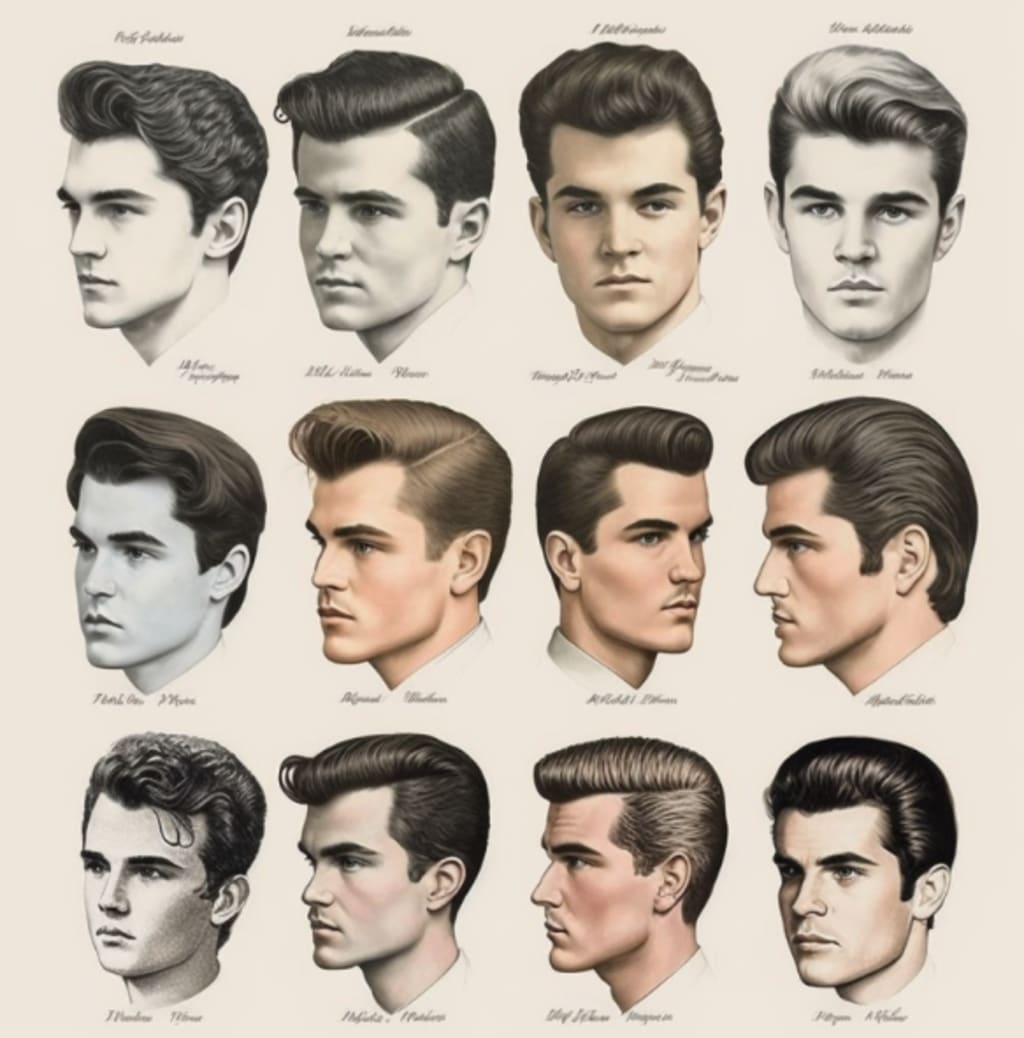
Hairstyles have been an important aspect of human culture for thousands of years. From ancient times to modern trends, hairstyles have reflected cultural and social norms, as well as personal style and expression. In this article, we'll explore the history of hairstyles and how they have evolved over time.
Ancient Times
Hairstyles in ancient times were often influenced by practical considerations, such as climate and occupation. For example, in Egypt, men and women shaved their heads to cope with the hot climate, while in Greece, men wore their hair long and styled with oil and a band to keep it out of their faces during physical activities. In ancient Rome, hairstyles were often elaborate and involved the use of wigs, hair extensions, and accessories.
* In ancient China, hairstyles were often used to indicate social status. The length and style of one's hair was determined by their rank in society.
* In ancient Greece, women often wore their hair in braids or in a bun at the nape of the neck. They would decorate their hair with ribbons, gold fillets, and other accessories.
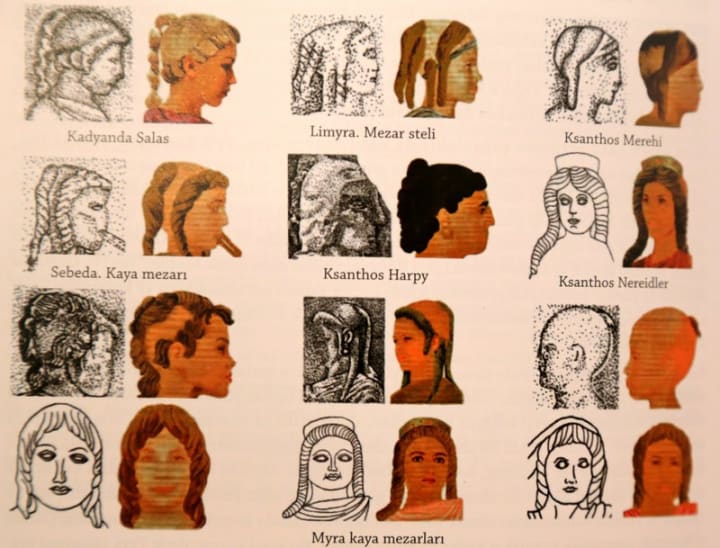
Medieval Period
During the medieval period, hairstyles often reflected religious and social norms. For example, in Europe, long hair was associated with femininity, while short hair was associated with masculinity. Women often covered their hair with veils or hoods, while men wore hats or caps.
* In the Middle East, veiling of women's hair began to be practiced during the medieval period as a way to symbolize modesty and piety.
* In the 12th century, English King Henry II introduced a tax on men who had long hair, as he believed it was a sign of rebellion.
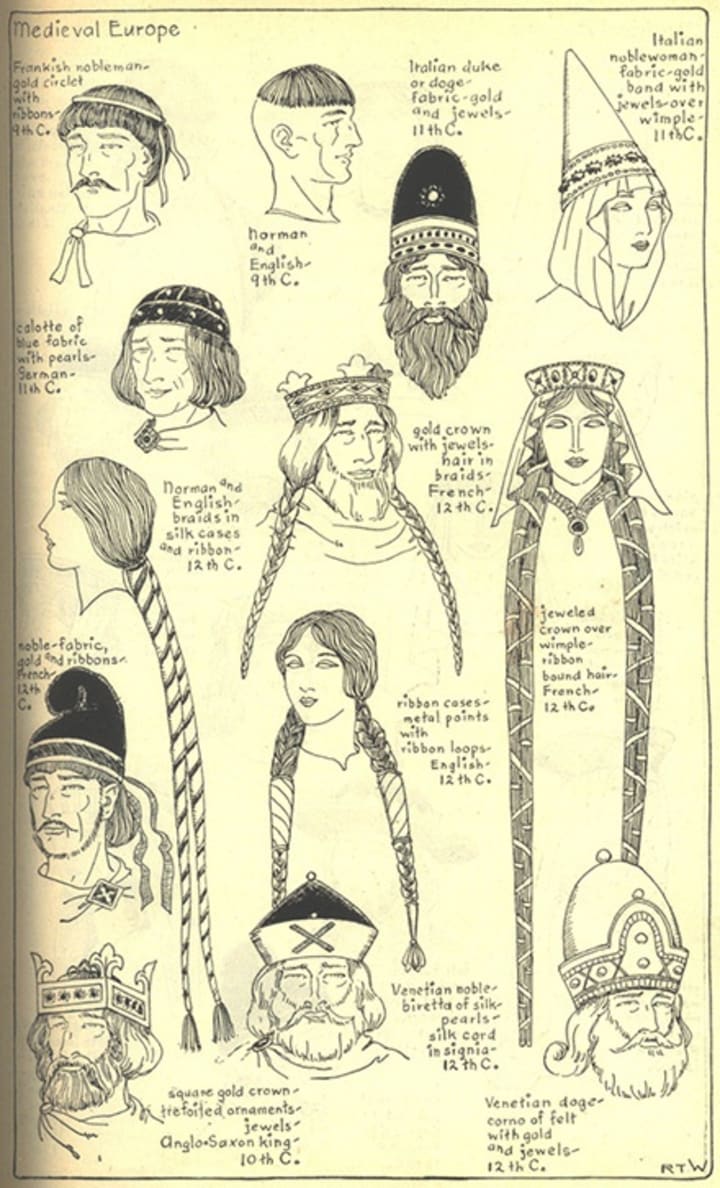
Renaissance and Baroque Periods
During the Renaissance and Baroque periods, hairstyles became more elaborate and ornate. Wigs and hair extensions were popular, and women often wore their hair in elaborate updos. Men also wore wigs and often had their hair styled in curls or braids.
* During the Renaissance, women often plucked their hairline to create a higher forehead, which was considered more beautiful.
* In the Baroque period, men often wore their hair in a "pageboy" style, which was long and curled under at the ends.
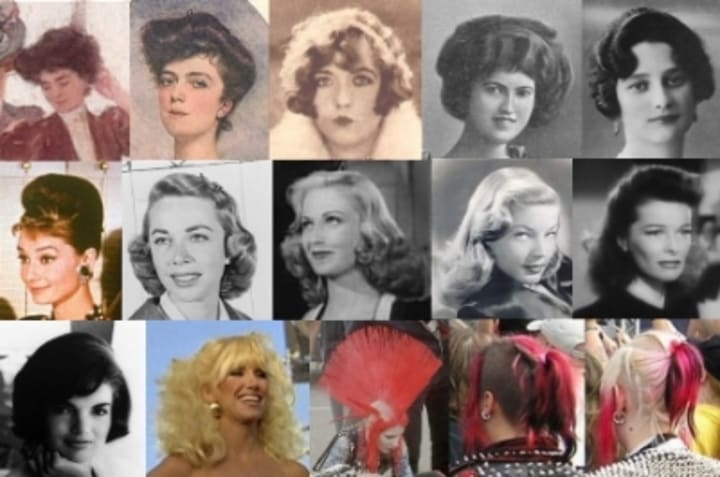
Victorian Era
In the Victorian era, hairstyles were often influenced by the romantic and sentimental ideals of the time. Women often wore their hair in elaborate updos, while men wore their hair short and neatly combed. Hair accessories such as ribbons, bows, and flowers were also popular.
* In the early Victorian era, women often wore their hair parted in the center and pulled back into a bun or chignon.
* As the era progressed, hairstyles became more elaborate, with women wearing their hair in voluminous updos adorned with ribbons, flowers, and jewels.
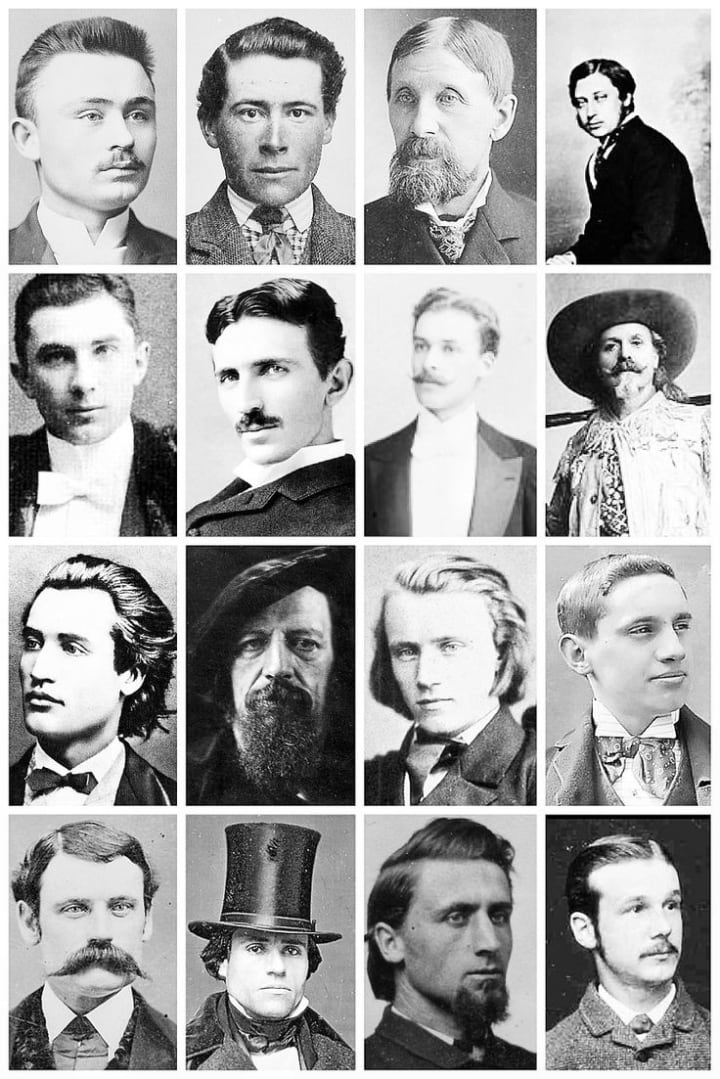
20th Century
The 20th century saw a wide variety of hairstyles, from the flapper bobs of the 1920s to the long, flowing locks of the hippie era in the 1960s and 70s. The punk movement of the 1980s popularized spiky, colorful hairstyles, while the grunge movement of the 1990s embraced messy, unkempt hair.
* In the 1920s, the "bob" became a popular hairstyle for women, with short haircuts that were seen as a symbol of women's liberation.
* In the 1950s, men often wore their hair in a slicked-back style, while women's hairstyles were often voluminous and curled.
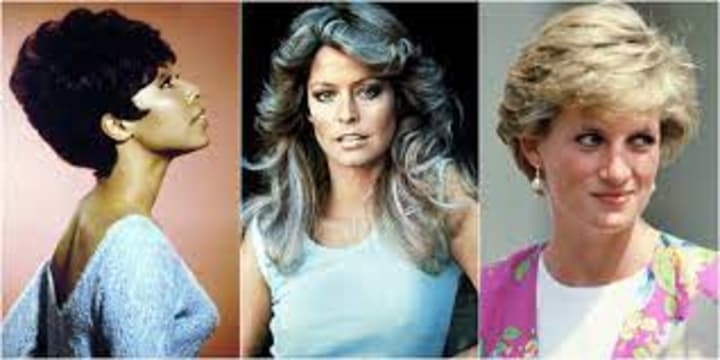
Modern Trends
Today, hairstyles continue to reflect cultural and social norms, as well as personal style and expression. From sleek and straight to wild and wavy, there are countless hairstyles to choose from. Hair coloring, extensions, and other treatments have also become increasingly popular, allowing people to experiment with their look and express their individuality.
* In the 2000s, "emo" hairstyles became popular among young people, characterized by dark, choppy haircuts and heavy bangs.
* Today, natural and organic hairstyles are becoming increasingly popular, with people embracing their natural texture and incorporating sustainable and eco-friendly hair products.

Conclusion
Hairstyles have come a long way throughout history, reflecting cultural and social norms, as well as personal style and expression. From ancient times to modern trends, hairstyles have been an important aspect of human culture. Whether you prefer an elaborate updo or a simple ponytail, your hairstyle can say a lot about who you are and what you value.
About the Creator
Enjoyed the story? Support the Creator.
Subscribe for free to receive all their stories in your feed. You could also pledge your support or give them a one-off tip, letting them know you appreciate their work.

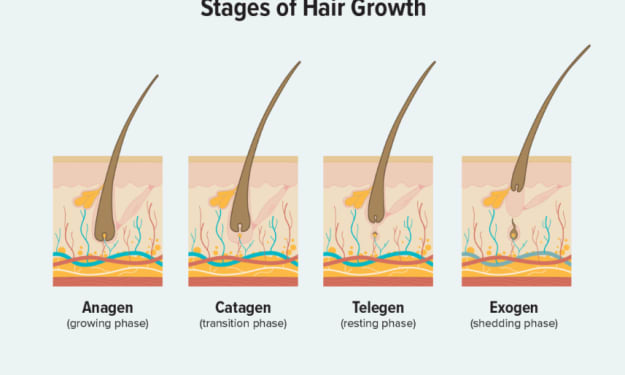



Comments
There are no comments for this story
Be the first to respond and start the conversation.